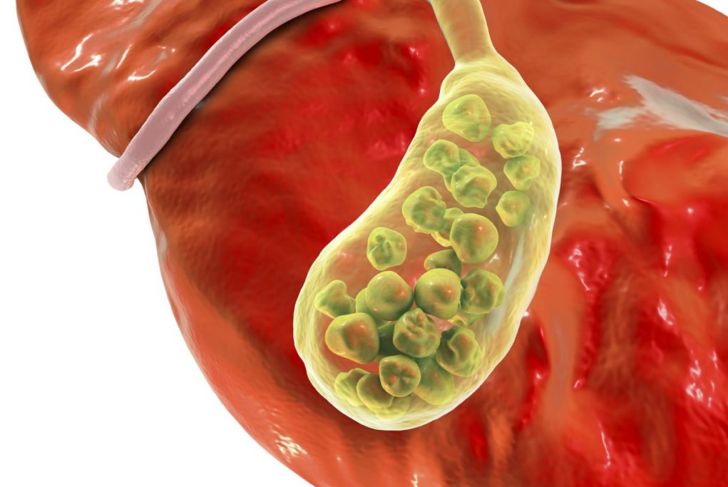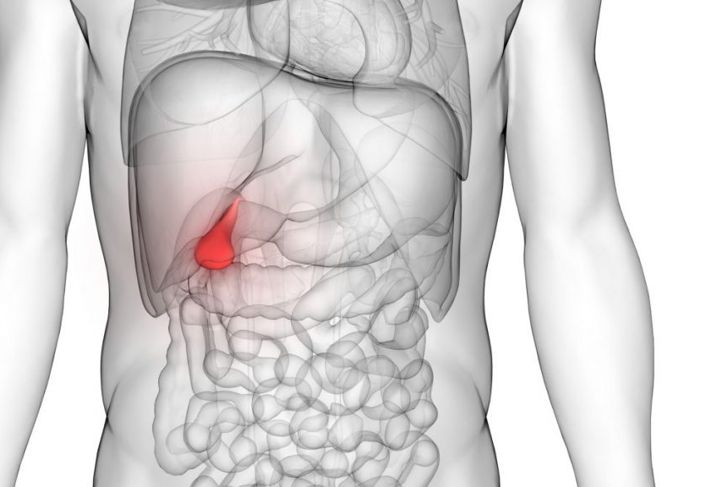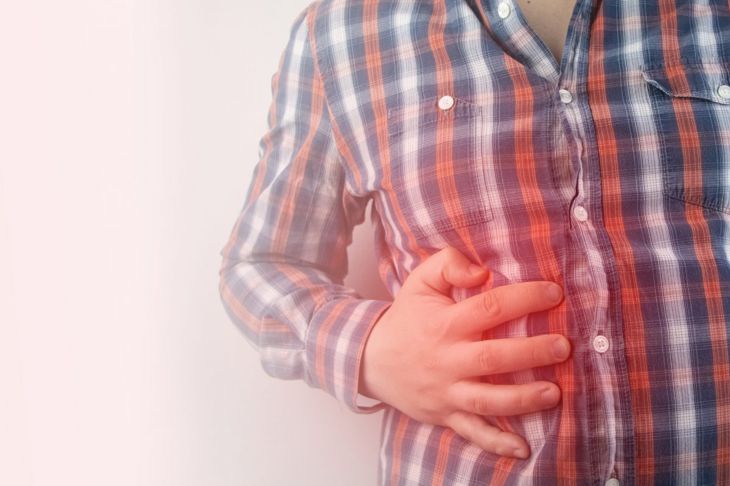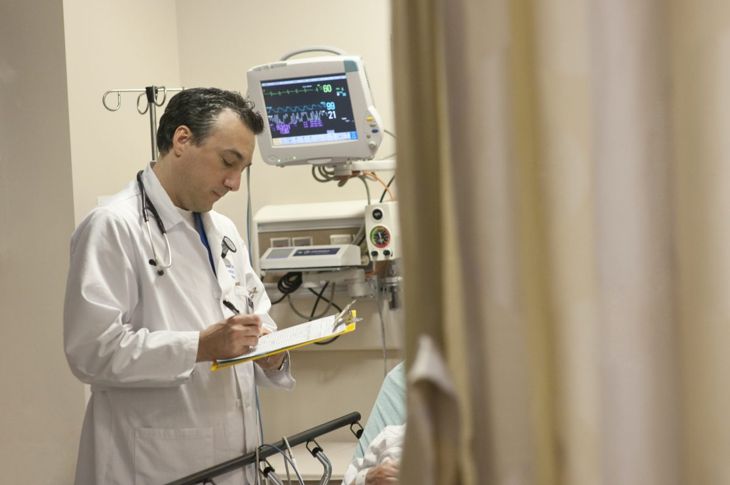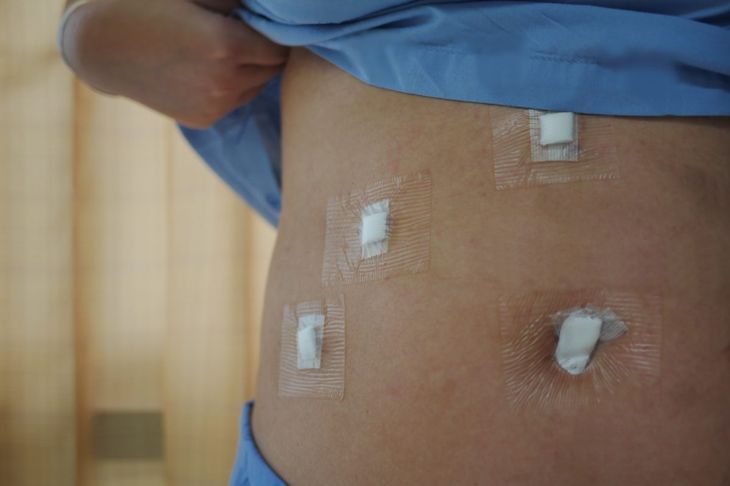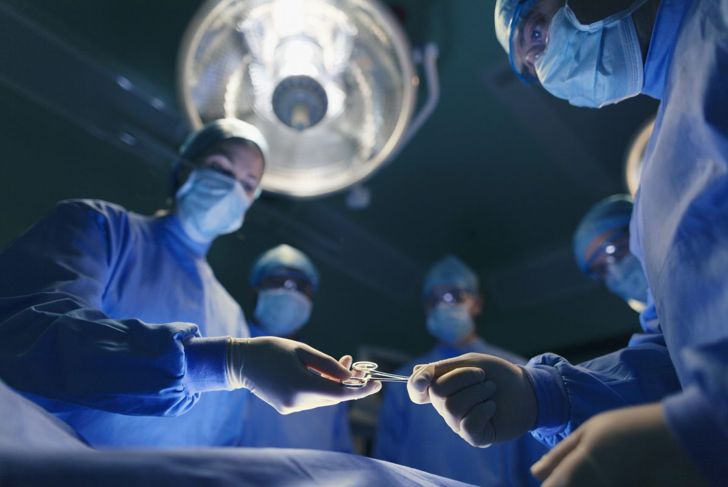The gallbladder stores and collects bile, a digestive fluid made by the liver. Occasionally, stones or other conditions develop in the gallbladder that prevent bile from passing into the small intestine. Gall stones are often asymptomatic, but they can cause complications. In these cases, a cholecystectomy or surgical removal of the gallbladder is necessary.
Indications
Gallstones are the primary reason for a cholecystectomy. Between 10 and 15 percent of adults have gallstones. Eighty percent are asymptomatic, but if the stones get stuck in the bile duct, blocking bile flow, painful acute cholecystitis develops. Over time, it causes inflammation, infection, and, in severe cases, blocks bile flow.
Studies on Early Cholecystectomy
Laparoscopic cholecystectomy is the most common surgery to remove the gallbladder, but there is an ongoing debate about how soon to perform it after symptoms of acute cholecystitis appear. Some comparisons between early and late laparoscopic cholecystectomies show no significant difference in the outcome. Other data shows that intervening within 72 hours of onset leads to a better prognosis.
Delaying a Cholecystectomy
Another analysis shows that delaying a cholecystectomy is beneficial for patients whose symptoms started 72 hours or more hours earlier. Patients who had surgery between two and ten days after symptoms appeared have a higher chance of infection, increased hospital costs, and elevated mortality risk. The standard of care was to treat these patients with antibiotics and allow the symptoms to subside for four to six weeks before performing a cholecystectomy.
More Research is Needed
Other studies have re-evaluated the timing of surgery. When comparing early laparoscopic cholecystectomy with those after antibiotics and four to six weeks of “cool down,” some studies found that early surgery patients spend less time in the operating room and have shorter hospital stays. Another study showed there was no difference. More research is needed to definitively compare these approaches, but a doctor can explain the best option available for each patient’s condition.
Laparoscopic Cholecystectomy
Laparoscopic cholecystectomies result in shorter hospital stays, quicker recovery times, and less pain than traditional cholecystectomies. This procedure is performed under general anesthesia. The surgeon inserts a small, thin tube with a camera through an incision in the navel, then removes the gall bladder using laparoscopic surgical instruments inserted into other incisions in the abdomen.
Open Cholecystectomy
An open cholecystectomy is necessary if the patient has scarring, bleeding issues, or anything that obstructs the view of a laparoscopy. In an open procedure, the surgeon removes the gallbladder through an abdominal incision. They can also visualize the tissue around the gallbladder and remove any stones lodged in the common bile duct.
Recovery
Recovery varies depending on the type of procedure. Laparoscopic cholecystectomy patients are usually able to go home the same day but may need to spend a night in the hospital. Full recovery takes about one week. Recovery is much more extensive for an open cholecystectomy. Patients spend up to three days in the hospital and can take up to six weeks to fully recover.
Risks
There are multiple risks from cholecystectomies, including bleeding, infection, liver or bile duct injury, and hernia at the incision site. The tools used during laparoscopic cholecystectomy may cause injury to the blood vessels or intestines, and the gas inserted during the procedure can lead to postoperative shoulder pain.
Watch and Wait
Laparoscopic cholecystectomy is the standard treatment for symptomatic gallstones, but most people are asymptomatic. They may not even know they have gallstones. When there are no symptoms or complications and gallstones are discovered incidentally, doctors may recommend a watch-and-wait approach. A cholecystectomy is only performed when symptoms begin to appear.
Diet After Cholecystectomy
After a cholecystectomy, some people experience diarrhea that lasts anywhere between a few weeks to months. This is due to the bile being less concentrated and draining continuously into the small intestine. Fat intake plays a part, as well; large amounts are hard for the body to digest after gallbladder removal. Increasing fiber, cutting fat, and eating smaller, more frequent meals helps.

 Home
Home Health
Health Diet & Nutrition
Diet & Nutrition Living Well
Living Well More
More